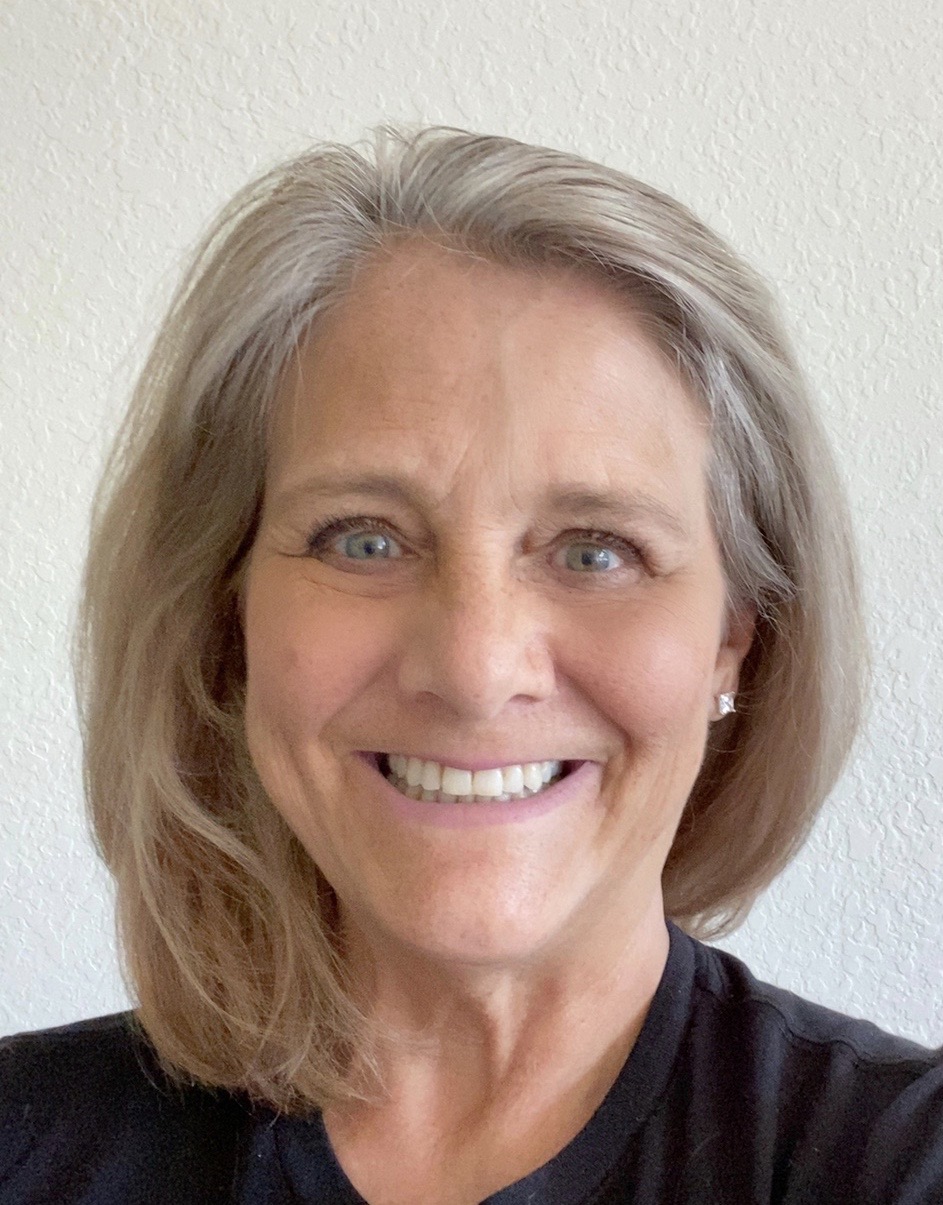IRS Notice 2021-31: Premium Assistance for COBRA Benefits
Published on May 26th, 2021
In March, President Biden signed into law the American Rescue Plan Act (ARPA), which implemented a full federal subsidy for COBRA premiums from April 1, 2021, to Sept. 30, 2021. A subsequent IRS Notice 2021-01 aimed at answering questions related to the COBRA subsidy left employers and administrators in need of further clarification. In response, on May 18, 2021, the IRS issued Notice 2021-31, which seeks to address these open items with a set of 86 Q&As that digs into the various impacts of the subsidy.
Here, we break down the most important takeaways for employers and administrators from the lengthy Notice 2021-31.
- Definition of COBRA. For purposes of the subsidy, COBRA is defined as Federal COBRA as well as state “mini COBRA.” However, state COBRA requirements for employers with less than 20 employees in the preceding year do not qualify for the subsidy. This is an interesting takeaway, in that the Federal commitment is being extended down to state requirements.
- Qualifying Events. The definition of a COBRA Qualifying Event is either an involuntary termination of employment (including furlough with a loss of coverage) or a reduction in hours. The reduction in hours causing a loss of coverage can be voluntary. However, despite the number of families with health impacts from COVID-19, voluntary termination for this reason is not considered a qualifying event.
- Coverage gaps. There can be a gap between employee benefits and COBRA enrollment. This gap can come as a result of a number of scenarios, as long as the individual or family would have been eligible for COBRA at any point between April 1, 2021, and September 30, 2021.In addition, an individual who chose not to elect COBRA when they were first eligible (say, sometime in 2020), or who enrolled in and then ended COBRA, is allowed to now elect COBRA from April 1 through September 30 (or their last possible date of COBRA coverage, if earlier) and have the premium 100% covered by the federal subsidy.
- Covered benefits. Covered benefits include medical dental, vision, prescription, EAP and health reimbursement arrangements (HRAs). Flexible spending accounts (FSAs) are not covered by the federal subsidy. Additionally, an employer can allow an individual to change coverage to another plan if the plan does not cost more than the individual’s original plan. This is an employer option, and applying a partial subsidy to a more expensive plan is not allowed.
- Other coverage. Individuals with other group coverage or Medicare will not qualify for the subsidy. They can, however, elect COBRA and be eligible for the subsidy for any months during the 6-month period that they are not on other coverage.
- Reimbursement. For reimbursement to employers for subsidized premiums, the quarterly tax liability should be used to offset the expense. If the tax liability is less than the subsidized costs, then a credit amount for the taxes should be filed.
Notice 2021-31 includes many other details and clarifying examples. We encourage administrators to review the notice thoroughly and reach out if we can help. Although the execution of the subsidy is challenging, the federal subsidy can be a big help for employees after a difficult year. Alegeus is here to assist you as you navigate this requirement.
About the author

Kris Saunders
Solution Engineer, Consumer Solutions
Kris Saunders has worked in the COBRA space for more than 30 years, including a role as vice president of operations for WageWorks during ten of those years. She currently works in consumer solutions for Alegeus. Kris is certified as a CFCI, CAS and SPHR.



